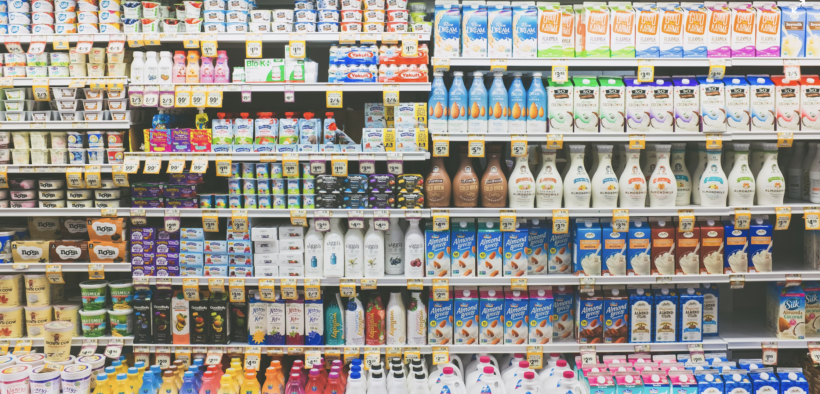Share

Finder’s Consumer Sentiment Tracker has revealed Australians new grocery habits in the new cost of living. With the announcement of Woolies saving grocery delivery service Milkrun, new data supports the need for market disruption with this sort of buy out.
In the new data released by Finder’s Consumer Sentiment Tracker (CST), it’s been revealed how much we’re spending on food and delivery.
Key points in Finder’s Consumer Sentiment Tracker:
- Finder’s Consumer Sentiment Tracker (CST) reveals the average Aussie household spent $194 per week on groceries in May – up $20 a week compared to 12 months prior ($174).
- That’s a whopping $1040 increase per household over 12 months – or $10.2 billion more nationwide based on Australia’s 9.8 million households.
- One-third of Australians are at the shops every few days while more than half (53 percent) shop once a week.
- Almost 1 in 10 (nine percent) food shop once a fortnight while just 1 percent can stretch supplies all month. The research found 2 percent of Australians purchase groceries daily.
- Finder’s CST revealed that 40 percent of Australians rank groceries as one of their top three most stressful expenses. This is up from 34 percent in May 2022.
- The research also found Aussies are spending an average of $39 a week on food delivery in May 2023. This is mainly due to younger generations such as Gen Z spending $59 a week, followed by Gen Y at $55 a week.
- Almost all (95 percent) of gen Y and gen Z (92 percent) are somewhat or extremely stressed with their financial situation due to the increased cost of living.
- A 2021 Finder survey revealed 33 percent of Australians – equivalent to just over 6.4 million people – had started grocery shopping online.
- Of those who grocery shop online, 86 percent said that it was more efficient than traditional shopping.
In light of the Milkrun buy, Finder’s head of consumer research Graham Cook speaks about the acquisition.
“Fast home delivery is a pandemic shopping habit that has become embedded and consumers are accustomed to the convenience,” says Cook.
“While Milkrun struggled to supply its customer base and return a profit, Woolies have an existing infrastructure of local metro stores and larger regional stores, many of which already offer home delivery,” Cook continues about the power of Woolworths in saving Milkrun’s brand.
“Time will tell if devoted Milkrun customers are satisfied with what the supermarket giant has to offer, but this move may represent the next evolution of the home delivery model,” Cook finishes.









